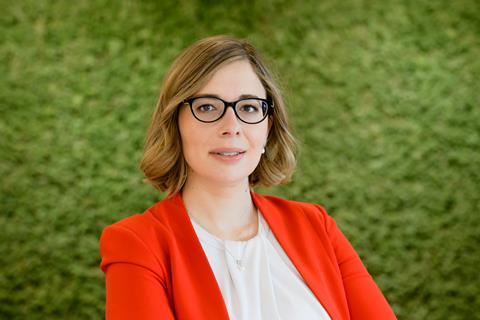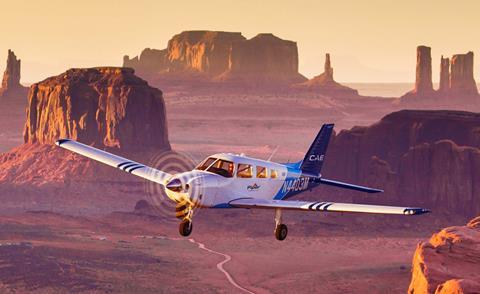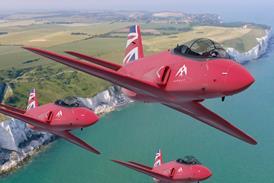When Stella Filippatos attends her children’s friends’ birthday parties, she often notices something alarming.
“A lot more people bring science-based toys to boys than they do to girls,” she says. “I’m a bit fed up going to these parties and seeing half of the boys’ toys being cool, like microscopes and chemistry kits – the other half are Pokemon cards – and when I go to girls’ birthday parties, all I see is the razzle-dazzle bracelets, and other trinkets.
“I make a point of it now to bring something science-related to the girls too,” the Montreal-based electrical engineer says. Making science fun for kids is the key to developing an interest in the career field, she emphasises, noting: “We totally need to work on accessibility.”

For Filippatos herself, access was easier: she grew up in a family of engineers.
“From a young age I was exposed to the career, it was familiar, and it seemed within reach,” she says. “So I became an engineer, because I like to solve tough technical problems.”
The tough technical problem she is solving right now as director of programme management for electric aircraft at Canadian training specialist CAE is to develop a supplemental type certificate (STC) for small electric aircraft.
It is Filippatos’s second aircraft programme, after she worked on the Global 7000 during a nine-year stint at Bombardier. She and her team are developing the first STC for an electric-propulsion Piper Archer.
“What’s very different here is that it’s completely novel,” she says. “We are doing all the technical development, the detailed design and engineering, finding the right partners externally for both the batteries and the electric motor, and a lot of other smaller bits and pieces, to convert this aircraft to electric propulsion.
“It’s a real aircraft development programme, just on a smaller aircraft.”
CAE launched the programme at the Farnborough air show in 2022. At the time, the company said it was looking to someday convert two-thirds of its Archer training fleet to electric, and develop a curriculum for new pilots to train on the operation of electric aircraft.
The development of the electric conversion kit is part of CAE’s C$1 billion ($732 million) commitment to innovation over five years in partnership with the government of Canada and the province of Quebec, the company said at the time.
EXCITING PROSPECT
Though it is an exciting prospect, the programme is complex and will take time, Filippatos says.
“Obviously, we want to go as fast as we can, as early as we can, but we will be paced by both technological advancements and supply-based readiness, I would say, as well as certification authorities being aligned and agreeing on what it will take to certify these aircraft.”

After almost two decades in the industry, Filippatos’s understanding of aircraft is deep. But she has no desire to ever fly one herself.
“I’ve worked on aircraft a lot, and my avionics background helps me understand what goes on [in the cockpit] and what pilots have to deal with, because I had to work on a lot of the cockpit integration,” she says. “But I’m not the kind of person who wants to be in the driver’s seat of an aircraft. I’d rather someone else do it, though I’m perfectly comfortable understanding it from a technical point of view.”
Her two young sons, meanwhile, know that their mother is doing important work, even if it takes her away from home more often than she (or they) would want.
“Children learn more from what you do than what you say,” she says. “So I think they see what I do, the commitment, the work behind it, even though they think that I mainly spend my time on the phone or on a laptop.”
Last year’s CAE family day went a long way towards showing them what she really does, and how that work will play a role in influencing the future of flight.
That future also includes a new generation of engineers. As a mid-career professional, Filippatos knows that it is crucial to be there for her younger colleagues as a mentor and role model. She is often asked to attend events offered to high school students that allow them to take a look inside one of the biggest players in the industry.
GENDER BALANCE
When she was at university in the early 2000s, about 10-11% of the students in her engineering programme were female, she says. Two decades on, those percentages have remained largely the same.
“Young people need to see a different kind of role model,” she says. “They need to be able to recognise themselves, so that they see that it’s possible” to pursue what is often considered a more difficult path.
“Youth today is also very much interested in greening aviation, and they’re focused on the industry’s net-zero greenhouse gas commitment by 2050,” she says. “People want to be so involved in it.”
And she hopes the science gifts she brings to girls’ birthday parties today will lead to sustainable aviation technology breakthroughs by women tomorrow.


























